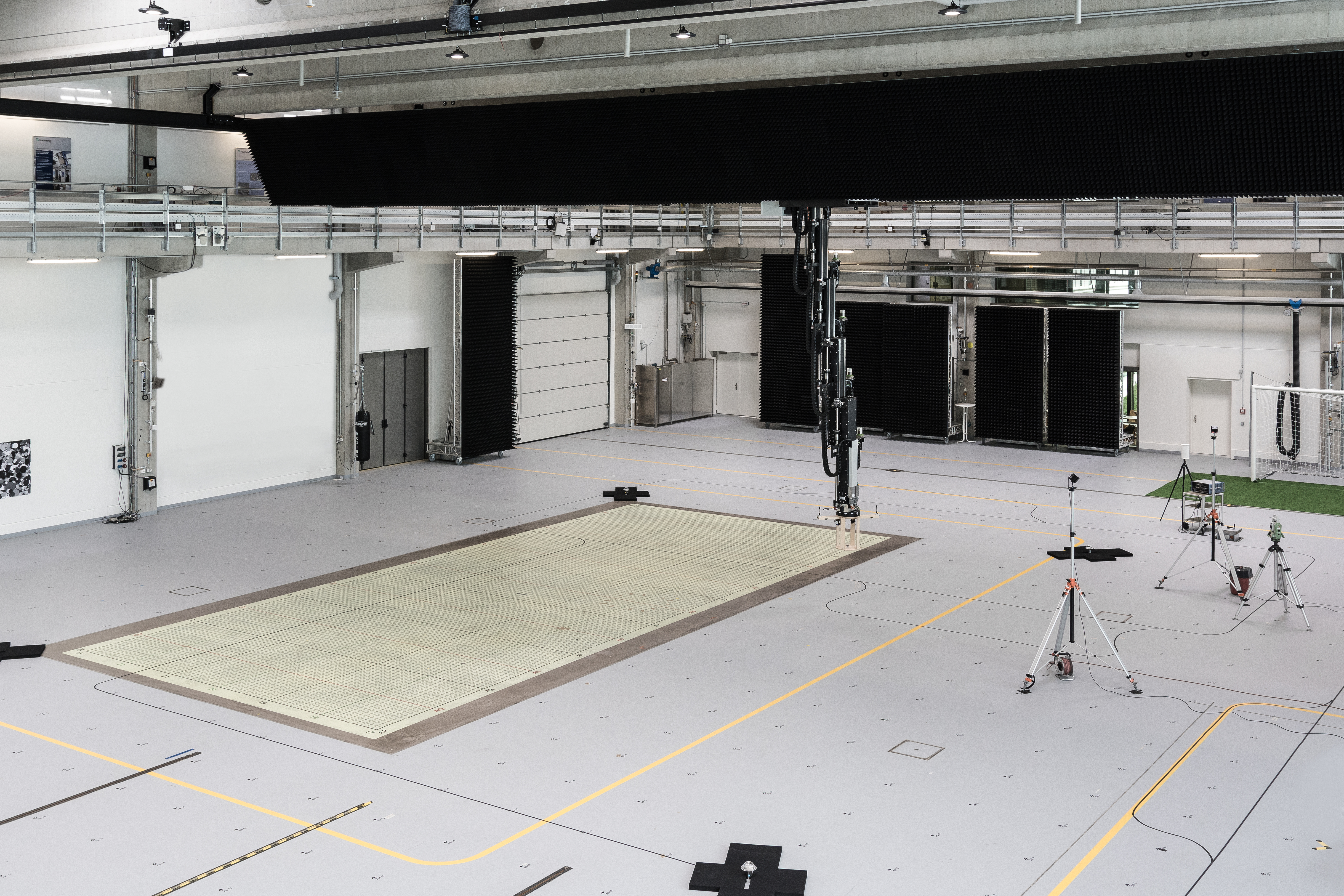Edge AI – What does this term mean?
Edge AI purposely refrains from sending raw data over the Internet for analysis in clouds and storage on servers. Instead, the intelligence is located where it is needed: close to the sensor that generates the data. All that is sent is the metadata, in other words the results of the intelligent evaluation. Take for instance a camera installed in a car to detect when the driver gets tired. The metadata contains information such as “tired” or “not tired,” but not the video footage of the driver.
Why choose edge AI?
Edge AI is a topic that is gaining momentum both technologically and politically. The discussion is about data economy, data ecology and data sovereignty. Sending and storing large volumes of data is not only very expensive, but also extremely energy-intensive. This is prompting efforts – including by the German government – to reduce the energy consumption associated with the spread of digitalization. Edge AI can provide a way to do this. What’s more, the edge AI approach makes it possible to retain data sovereignty in Europe.
Why should my company adopt edge AI?
Companies can benefit directly from the advantages of edge AI. Data sovereignty enhances customer communication: edge AI integrates data protection directly into technical systems – in other words, it offers “privacy by design.” In addition, edge AI reduces the amount of server storage capacity required as well as the volume of data that is sent via networks to a cloud. This lowers both costs and energy consumption – an ecological aspect that can enhance a company’s standing.

